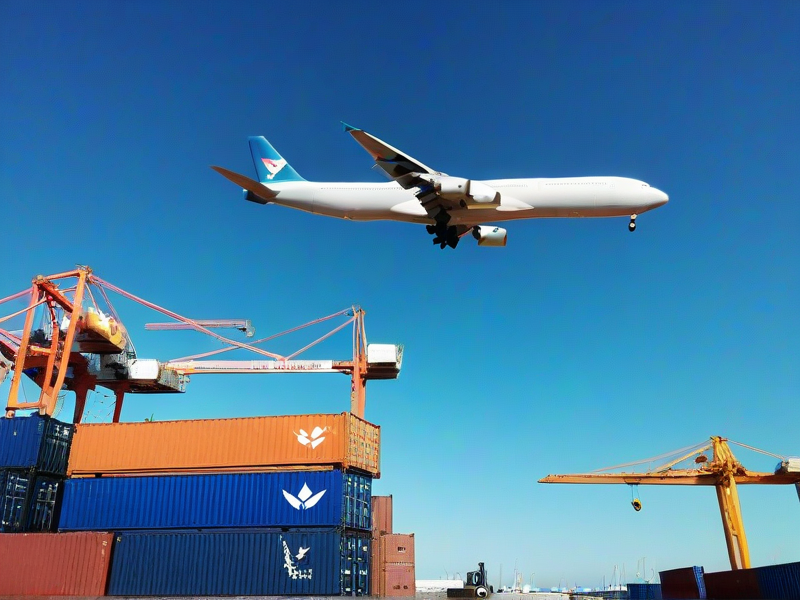Xinjiang, located on the northwestern border of China, is a place with a special and mysterious geographical location. This land is endowed with vast deserts, magnificent mountains, and abundant resources. However, its unique geographical environment has also brought about a series of logistics challenges. Nevertheless, with the investment in and improvement of logistics and transportation infrastructure in recent years, Xinjiang’s logistics is radiating new vitality, connecting the Western Regions and facilitating the future.

Freight forwarders play a crucial role in Xinjiang’s logistics. They not only assist enterprises in handling their logistics needs for goods but also provide a variety of services, including customs clearance of goods, warehousing, sorting, and final distribution. The existence of these freight forwarding agencies offers enterprises greater flexibility and convenience, enabling them to better address the unique logistics challenges in Xinjiang.
Logistics and transportation is one of the important pillars of Xinjiang’s economy. The Xinjiang region is rich in resources, including oil, natural gas, coal, cotton, etc. The exploitation and transportation of these resources are of vital importance to the economy of China and even the whole world. Therefore, it is crucial to build an efficient and sustainable logistics and transportation system. The logistics industry in Xinjiang not only serves local enterprises but also connects the Chinese mainland with international markets, becoming a key part of the Belt and Road Initiative.
The express delivery industry in Xinjiang is also developing rapidly. With the rise of e-commerce, the demand for express delivery services has increased sharply. Logistics and transportation enterprises in Xinjiang actively respond to market demands, providing efficient and fast express delivery services to send Xinjiang’s special local products and commodities to all parts of the country and even to international markets. This not only promotes the economic growth of the Xinjiang region but also drives the development of cross-border trade.
To achieve the sustained growth and development of the logistics industry in Xinjiang, there are still some challenges to be faced. Firstly, the geographical environment in Xinjiang is complex and diverse, and the climatic conditions are harsh. During the logistics and transportation process, it is necessary to cope with the tests of various natural conditions. The complexity of cross-border trade requires logistics enterprises to continuously improve their operational levels to meet the needs of international trade. Moreover, the continuous changes in the policy and regulatory environment also require enterprises to have flexibility and adaptability.
The logistics and transportation industry in Xinjiang is booming at an astonishing pace, connecting the Western Regions and facilitating the future. The government’s policy support, the construction of dedicated logistics lines, the services provided by freight forwarders, and the rise of express delivery in Xinjiang have all injected new vitality into the logistics industry in this region. With the continuous advancement of the Belt and Road Initiative, Xinjiang’s logistics will continue to play an important role and make greater contributions to China’s development and international trade. While facing challenges, the logistics industry in Xinjiang will also continue to grow and play a crucial role in connecting the East and the West and ensuring the smooth flow of future logistics channels.




 24-hour Online Customer Service
24-hour Online Customer Service Get a quote immediately
Get a quote immediately Xycargo International Freight Forwarding Company
Xycargo International Freight Forwarding Company 



